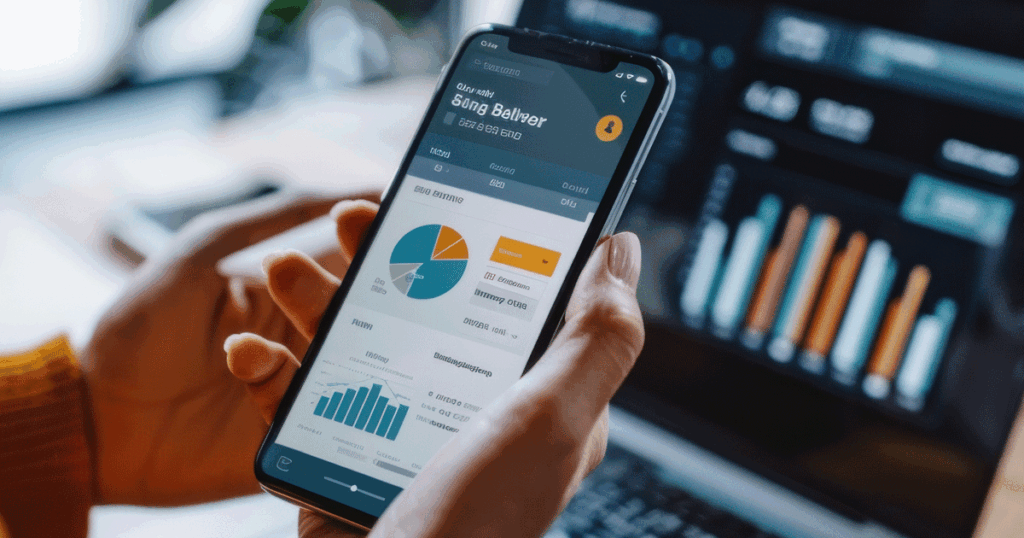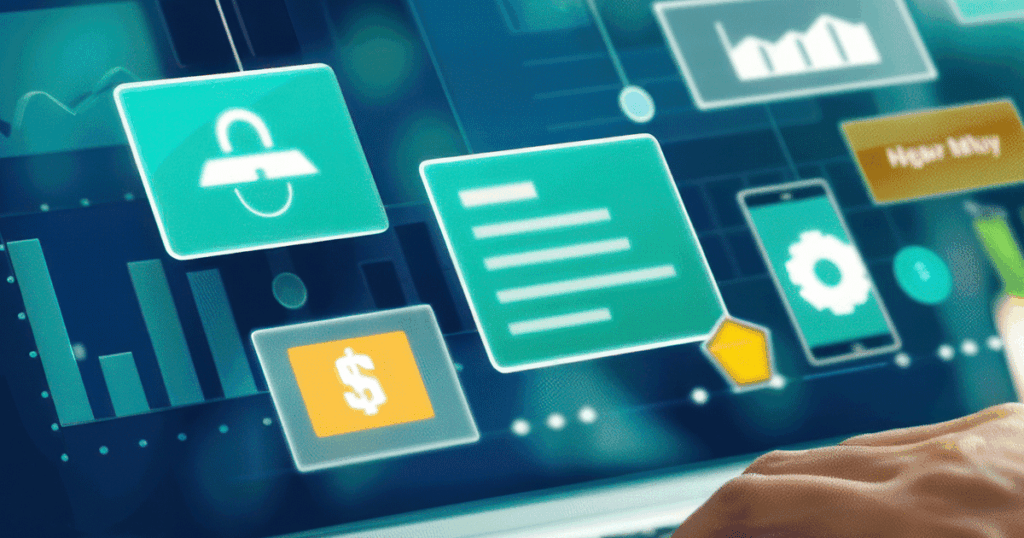
In a busy 4th quarter, structural shifts, emerging technologies, and changing audience expectations are reshaping marketing across regional banking, AI-driven customer experiences, and B2B brand storytelling.

Mergers and acquisitions in the retail banking space are increasing, with “new deals in the financial sector (rising) 36% in the third quarter of 2025 (year over year).” In fact, three “super-regional” banks announced major mergers between September and October of this year. While consumers examine what this means for them, marketers need to be the clearest they’ve ever been on their unique value to minimize attrition and capitalize.
Squeezed in the Middle: Marketing Realities in a Shifting Competitive Landscape
Marketers can really focus their message in each branch’s backyard and use media to make that branch feel bigger in that immediate geographic area. Account for disruptions, focus messaging on personalized experiences, and leverage fast to market endorsements in social channels.
Stay up to date on mergers in the area and consider budgets now to keep a quick-to-market slush fund for any areas drastically impacted.
Source: https://www.usnews.com/banking/articles/banks-are-merging-so-where-does-that-leave-you

Agentic AI creates a more proactive engagement with banking customers, creating “highly personalized, proactive financial support.”
AI Gets Active: What “Agentic AI” Means for Customers’ Banking Experience
Consumers and marketers have one thing in common, knowledge that the AI wave is inevitable but actionable solutions remain unclear. In banking, AI has been a cautious roll-out, as financial services are rooted in generating trust with a customer and AI is a risky proposition. However, AI technology evolves at rapid speed, with autonomous suggestions as the next frontier.
Agentic AI use models like large language models but are given parameters to have increased “agency” meaning that they are more able to provide guidance, support, and action steps for financial consumers. For banking, this looks like including customer’s “preferences, history, and current needs (to) manage more complex interactions.”
Technology and personalized banking have always been lofty expectations of consumers, but financial institutions will have to continue to balance advanced consumer expectations while still being a trusted and factual source.
Source: https://www.emarketer.com/content/agentic-ai-genai-successor-shake-up-retail-banking

While B2B digital ad spending is slowing in growth percentage, the fact remains that 2027 projections for spend are over $25 billion in the US. What’s more interesting is not the funding behind B2B marketing, but the evolution of how that investment is spent.
Human at the Core: Shifting B2B Digital Budgets Reflect a Turn Toward Humanistic Engagement
Display will make up the majority of spending in 2026, as a low-cost alternative that combines impression volume with niche targeting within a campaign. Video, however, is one of the fastest growing digital formats, with channel investments increasing 17.9% YoY. And social, another behemoth in the ad spending space, is seeing consumer platforms stealing share in the buy from the more common B2B options like LinkedIn.
Ultimately, as spending shifts continue to evolve, new offerings and partners in media mix indicate that marketers are leaning into a definition of connection that is more commonly reserved for consumer banking.
Source: https://www.emarketer.com/content/b2b-digital-ad-spend-forecast-2025
For more information, visit harmelin.com, or connect with us on LinkedIn or Facebook.


